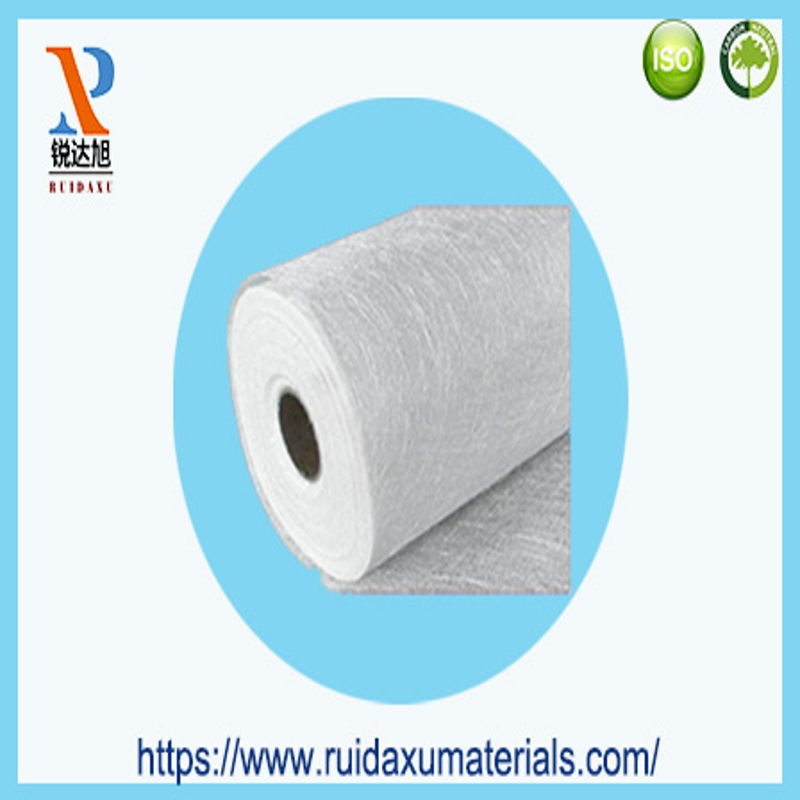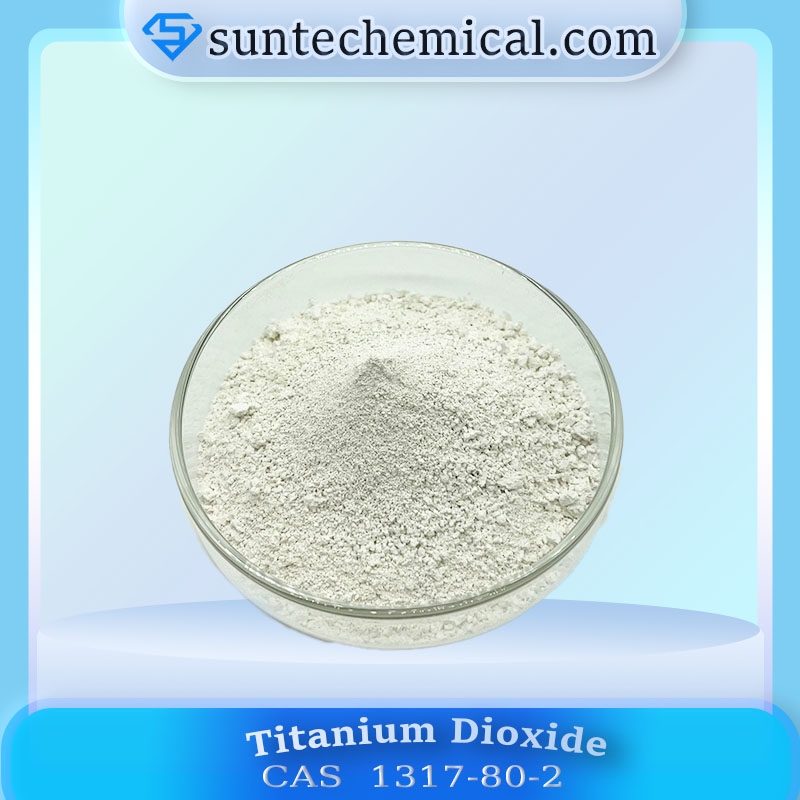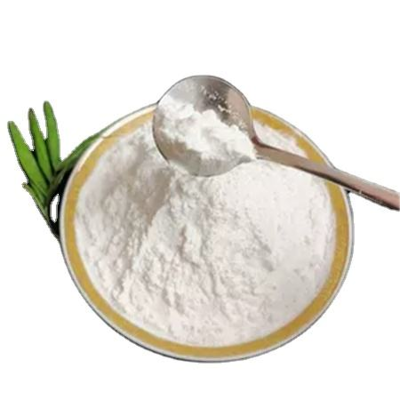-
Categories
-
Pharmaceutical Intermediates
-
Active Pharmaceutical Ingredients
-
Food Additives
- Industrial Coatings
- Agrochemicals
- Dyes and Pigments
- Surfactant
- Flavors and Fragrances
- Chemical Reagents
- Catalyst and Auxiliary
- Natural Products
- Inorganic Chemistry
-
Organic Chemistry
-
Biochemical Engineering
- Analytical Chemistry
-
Cosmetic Ingredient
- Water Treatment Chemical
-
Pharmaceutical Intermediates
Promotion
ECHEMI Mall
Wholesale
Weekly Price
Exhibition
News
-
Trade Service
Formulation characteristics
The color interior wall latex paint production technology described in this technology that can reproduce the national standard color 0133 can reproduce the national standard color 0133 in a relatively short time, and can also ensure the accuracy of the color to the maximum extent.
Choose the latex base paint related to the color paste of the desired color, and mix it evenly through the color mixing machine and the color paint mixer.
The color latex prepared is compared with the standard color card of architectural coatings.
The color difference between the two Within the allowable range, the weather resistance of the colors shown is also guaranteed to a certain extent.
Application field
This product is used for building interior wall decoration.
Recipe details (parts by mass)
Production Method
After the above raw materials are prepared, add cosolvent, dispersant, and defoamer to the water according to the formula (parts by mass) of the latex base paint, stir evenly at low speed and slowly add pigments and fillers, and then disperse the pigments and fillers at high speed, and then sand until The fineness is less than 30μm, filter.
After the filtration is completed, under low-speed stirring, add wetting agent, defoamer, film-forming aid, emulsion to the above-mentioned dispersed slurry, and then add thickener to adjust the viscosity to 90~100KU, add pH adjuster to make the pH The value is 8.
5~9.
0, and the preparation of latex base paint is completed by slow defoaming.
According to the production technology of color latex paint described in this technology, the tinting color paste is composed of the color pastes PO-67, PY-74 and PY-42 of Shenzhen Oceanpower Company, and they are respectively injected into the tinting machine according to the proportion.
After debugging, inject it into a special mixer for color paint together with the above-mentioned latex base paint to make it evenly mixed in a short time, generally 200 ~ 280s, preferably 200 ~ 250s.
Precautions
The range of the mass ratio of each component is: water 8~12, cosolvent 2~4, dispersant 0.
5~1.
2, wetting agent 0.
15~0.
25, pigment 0~25, filler 0~30, film forming aid 1.
5~ 2.
4.
Emulsion 35~60, thickener 0.
20~1.
0, pH regulator 0.
1~0.
2.
The tinting color paste is composed of the color pastes PO-67, PY-74 and PY-42 of Shenzhen Oceanpower Company.
Among them, PO-67 is a bright bright orange with a pigment content of 30%; PY-42 is iron yellow, which is a commonly used economical color paste with high vividness; PY-74 is a pure yellow with high saturation , To use it in the above latex base paint, every 1kg latex base paint requires the addition of PO-67 1.
1~1.
18g, PY-74 6.
4~6.
5g, PY-42 0.
1~0.
15g.
Emulsion for interior wall latex paint is usually selected: styrene and acrylate copolymer, vinyl acetate and synthetic fatty acid vinyl ester copolymer.
Among them, styrene and acrylate copolymers have an average molecular weight ranging from 150,000 to 200,000;
The average particle size is 0.
1~0.
3pm, the minimum film forming temperature is 15~20℃, the glass transition temperature is 20~25℃, anionic/nonionic, pH value is 7.
0~9.
0;
Vinyl acetate and synthetic fatty acid vinyl ester copolymers have an average molecular weight in the range of 150,000 to 200,000, an average particle size of 0.
3 to 0.
5 μm, a minimum film forming temperature of 15 to 20°C, and a glass transition temperature of 20 to 25°C , Anionic/non-ionic, pH 4.
0~5.
0.
White pigments for interior wall coatings can be rutile or anatase titanium dioxide and lithopone.
The national standard color (GB/T 18922- -2002) 0133 colored architectural latex paint is light
yellow, the contrast ratio should be 0.
90 ~0.
The dispersant is a polycarboxylate dispersant, the mercerized finish can be an amine salt dispersant, and a sodium salt dispersant can be used for a flat finish, with an average molecular weight of 2000~5000.
The wetting agent is a combination of 1~2 non-ionic wetting agents with different hydrophilic and lipophilic balance values.
In order to eliminate the bubbles generated in the production and coating process of the paint, when preparing the latex base paint, add an appropriate amount of defoamer to it.
According to the use of latex paint, preservatives can be added to the latex base paint to ensure the performance of the latex paint.
The pH adjusting agent can be 2-amino-2-methyl-1-propanol, dimethylaminoethanol, diethylethanolamine, ammonia, isopropanolamine and the like.
The thickener can be a hydratable thickener, such as hydrophobically modified polyacrylic acid alkali swelling type, hydroxyethyl cellulose ether, polyurethane type and the like.
Ciz alcohol ester is selected as the film forming assistant.
Quality Index
- PVC/%: 4
- V0C/(g/L): 128
- Viscosity (ASTM D562-2001)/KU: 100
- Free formaldehyde/(g/kg): <0.
02 - Heavy metals/(mg/kg)
- Thixotropic finger application (TI ASTMD2196-91): 3.
5 - Soluble lead: 20
- Fallable cadmium: 20
- Contrast ratio: 0.
91 - Soluble chromium: 20
- Gloss (60°): 5
- Soluble mercury: 20
- Scrubbing resistance/time: 1000
- Storage stability (50C, 30 days)/KU: 105
- Alkali resistance: 24h without exception







